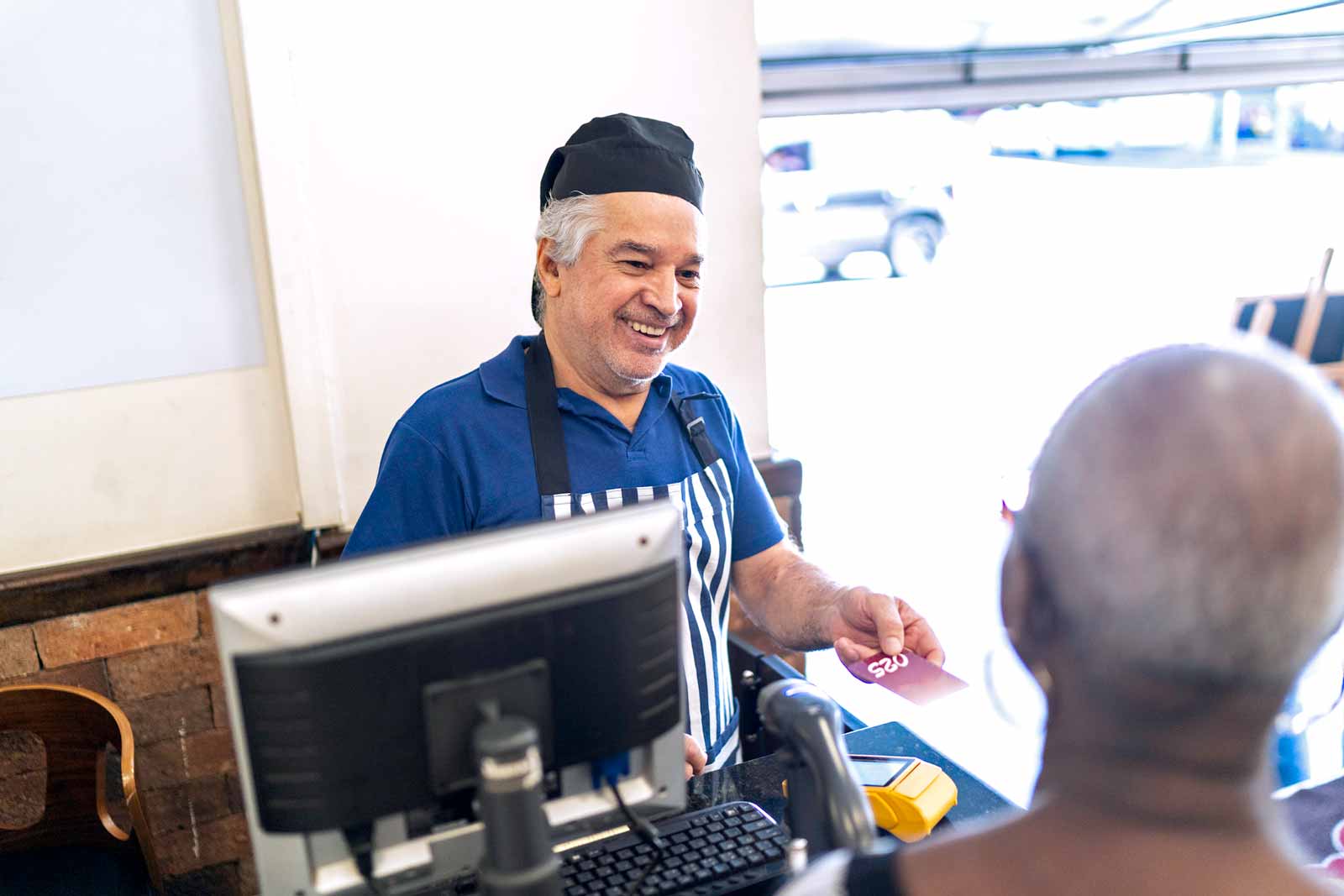It’s a tough time to be a CEO or board member. The restaurant industry in particular has felt the ongoing impact of COVID-19. While boards are focused on the long term success of the organization and CEOs are working on what must be done to reopen or continue operating safely, both must realize that gaining and keeping the trust of employees and customers in the workplace is imperative to operating in a post-COVID world. Realistically, the type of business you run or support is irrelevant—your approach to the safety and health of both your workforce and your customers is the same. Your success during this time of crisis will define your brand moving forward.
Preventing the spread of illness has now become a corporate issue. In the future, employers who do not make employee health and wellness a priority will see their stock prices drop, customers dry up and workers protest unsafe work conditions.
Reducing Risk at the Employee Level
Official guidance from the Centers for Disease Control and Prevention (CDC) along with state and local jurisdictions are changing daily as they adjust to coronavirus issues. Regardless of your industry, you must have a plan for employee wellness. It should include:
Personal protective equipment for employees. Recently, New York Governor Cuomo mandated that employers provide face coverings for their employees starting April 15, and Connecticut Governor Lamont quickly followed. Expect that this will be implemented nationwide, by individual governors, and we suggest you provide PPE for your employees regardless of your industry.
Temperature checks to enter a workplace are already a requirement for some essential workers and are expected to be a requirement for reopening many types of businesses. Temperature checks require one person designated as the recorder – likely a manager.
Daily wellness checks (also known as symptom surveys) to be completed by employees before entering the workplace are likely here to stay, as well.
Employer-led COVID testing may become a reality, or the onus on employers to have a record of employee immunity or vaccination. This is still a ways off, as scientific and medical communities are still in the process of determining if immunity to COVID exists, and how we can test for it. Still, employer-led testing should be considered as you plan.
Still, despite all the uncertainty surrounding this, you can prepare now by anticipating some of those requirements. Start procuring thermometers and face coverings now, if you haven’t already. Think about how you’ll perform symptom or wellness checks before employees start their shifts. Create an operational plan and budget for reopening, and then get your communications geared up.
Budgeting for Additional Health Expenditures
One client has calculated their anticipated costs for daily temperature checks across their organization at $2.8 million annually and further development of the process (including some type of daily bracelet or sticker denoting clearance) will drive those costs even higher.
Handwashing is the single most effective defense we have against coronavirus and most other illnesses. But the financial impact of increased handwashing is not insignificant. Where many businesses (restaurants, food manufacturing and other hospitality related industries) typically mandate hourly handwashing pre-COVID, handwashing every thirty minutes is the new norm. Each time an employee leaves a production line to wash their hands, it can take five minutes.
Here’s why: an employee comes in to cover the employee who is leaving to wash their hands. They stand and wait while the first employee finishes their task. Then the employee leaves to wash their hands. Assuming workplaces have limited numbers of handwashing sinks, the employee may wait while one or two other employees complete their 24 seconds of handwashing. Then they wash their hands and return to their task, but have to wait a few moments while their covering employee completes a task. That can quickly add up to five minutes. Do that twice an hour, and we’re paying one sixth of each hour for employees to wash their hands. Do the math: we’re talking roughly $400 per 8 hour day in a 20 person operation, and billions across an industry.
Add in the costs of personal protective equipment, paid sick leave (to insure employees don’t work sick or when infected with COVID or other similar illnesses) and additional training costs and we’re seeing costs that will dramatically impact the bottom line. These costs, however, are dwarfed by the potential cost of another round of shut downs which many believe could sink entire industries.
Roslyn Stone, MPH, is the COO of Zero Hour Health. For 30 years, Roslyn and her team of public health, medical and food safety professionals have advised dozens of major restaurant and hospitality companies including Bloomin Brands, Chipotle and Sodexo on the best methods for eliminating health risks from both the front and the back of the house. She also tracks info from independent restaurants via its Zedic app.












